What’s The Difference Between Geared And Plated Limited-Slip Differentials?
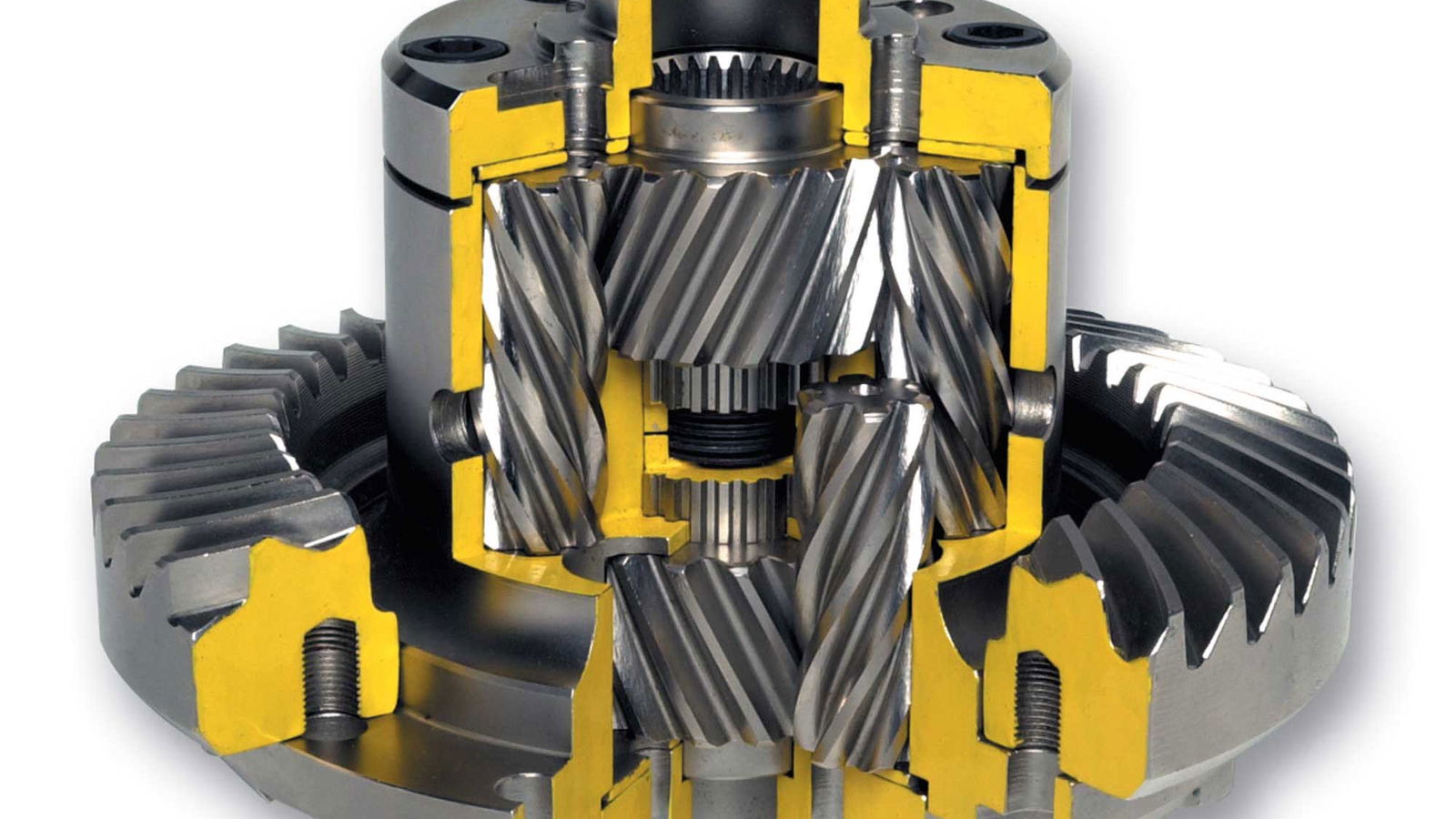
While geared limited-slip differentials and plated LSDs are employed to perform broadly the same task, the way each goes about it is completely different. Both have their pros and cons, and to understand what separates these two types of diff, who better to speak to than Quaife? After all, the firm makes both. Here’s what we learned after picking their brains during a recent factor tour.
What’s an LSD for?
Before we go any further, we need to understand why you might want an LSD in the first place. And to do that, we need to take a look at open differentials, the kind of diff you’ll find fitted to most ordinary cars.
An open diff allows the amount torque sent to either driven wheel to vary. Generally the torque will find the path of least resistance. It’s a simple, cost-effective setup, but in a performance-oriented car, it’s not ideal to have a diff that tends to favour one wheel during hard acceleration, robbing grip and traction and leading to the dreaded ‘one tyre fire’
A limited-slip differential will solve these issues, but each type approaches the distribution of torque in a different way. Plated and geared differentials are pretty much at opposite ends of the spectrum, so let’s take a closer look at these two.
Geared, torque-biasing differential
Quaife’s ATB (Automatic Torque Biasing) diff works on a similar principle to Torsen’s, but there are more planetary ‘worm’ gears, and they’re rotated 90 degrees in comparison. Sun gears sit at either side of the diff, which mesh with the driveshafts.
Generally it will operate like an open differential, but when you start to get greedy with the throttle and the torque looks for the path of least resistance, the ATB sends it back the other way, transferred to the opposite sun gear and driveshaft via the helical gears.
Pros
Once an ATB is fitted, you don’t need to touch it ever again - there’s nothing in it that’ll ever wear out in the lifetime of the car.
The ATB is also inherently strong due to the amount of gears used - Quaife tested it in a “military application,” where it kept going until 13,000lb ft of torque. At which point the test bench broke. Oops.
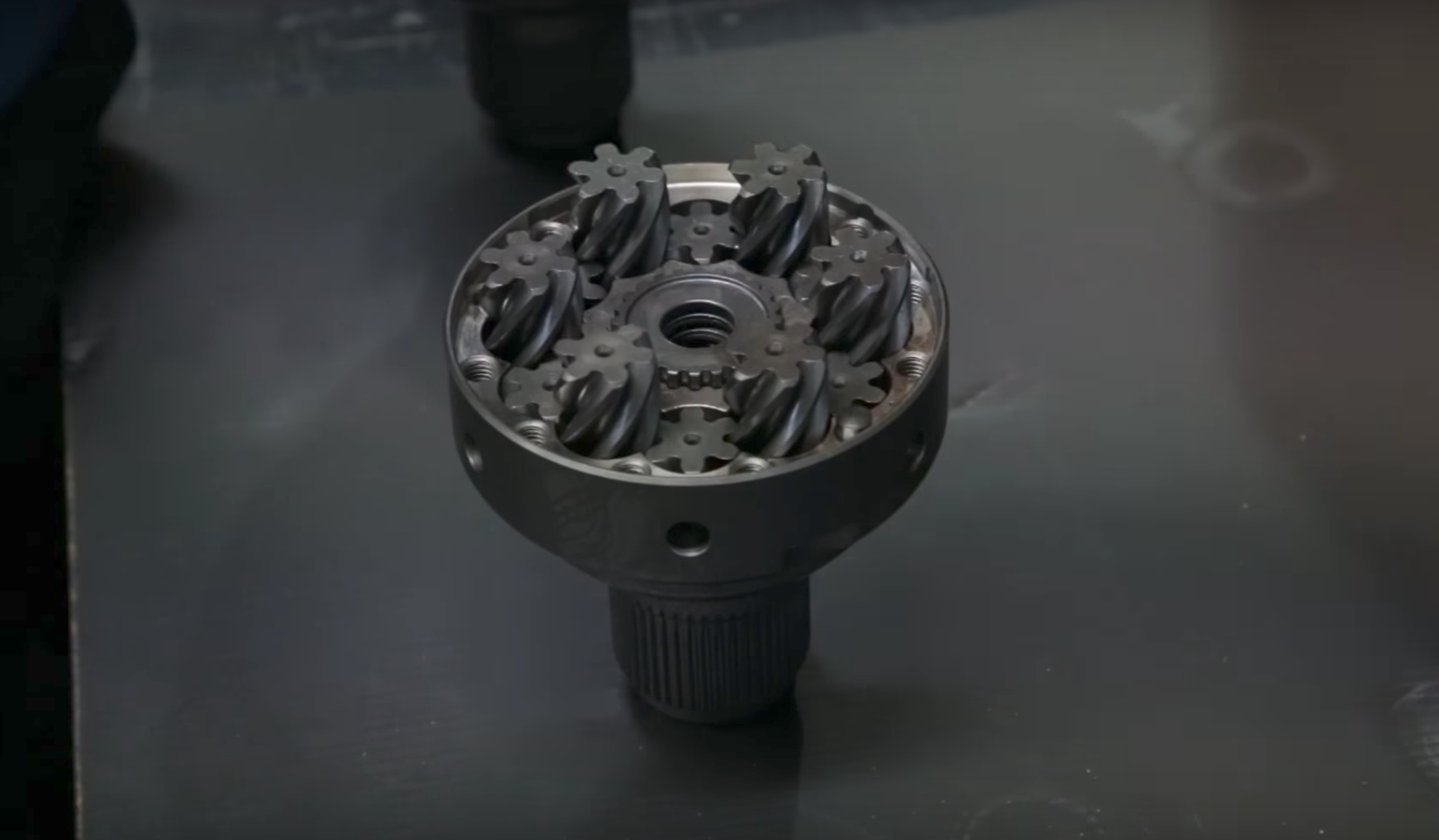
Anything up to 80 per cent of torque can be sent to one driven wheel with an ATB, which is why in a front-wheel drive application a geared differential will have that feeling of the nose being dragged into line under power. VW’s VAQ system (which is technically one half of a Haldex four-wheel drive system, rather than a proper diff) does go one better though, being able to send up to 100 per cent to one driven wheel.
Cons
The main drawback of any geared differential - Quaife, Torsen or otherwise - is if you lift a wheel, it’ll just spin up as though you have an open diff fitted. Is that an issue? Depends what you’re up to. In a motorsport application that may be problematic (we’ll get back to that later on when talking about plated diffs), but Quaife’s take for road car users is, “if you’re lifting a wheel, then you need to sort the suspension on your car.”
That’s fair enough, but it’s also worth pointing out a geared diff will also tend to spin up one wheel in low traction conditions, for instance when you’re on an icy surface.
Plated differential
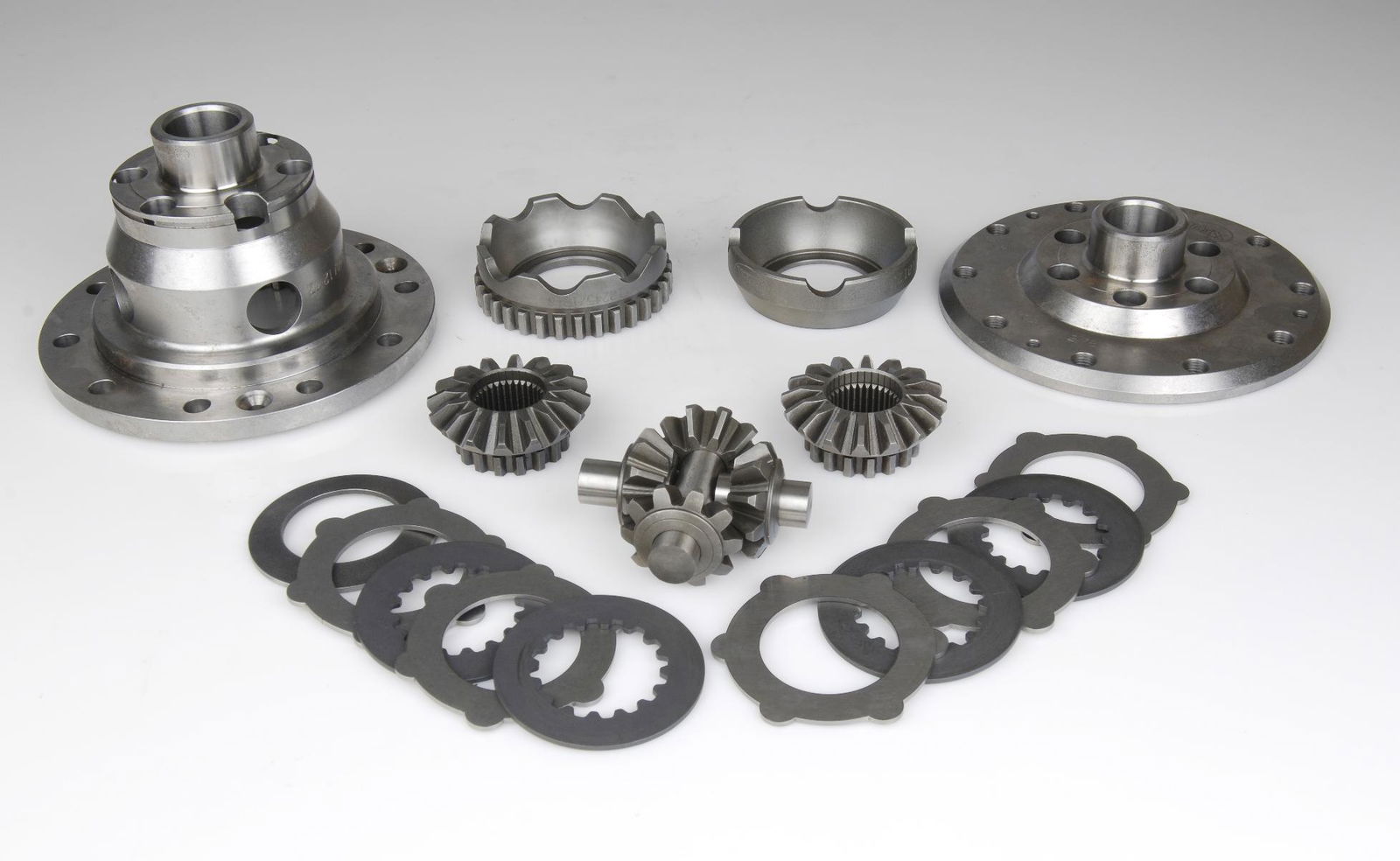
A plated differential is so called because inside the casing, you’ll find friction plates. There are ‘ramps’ on each, with cross pins within the casing that try to ride up the ramps and lock the plates together. The steepness of the angles determine the conditions under which it’ll lock and unlock.
You might hear these differentials referred to as one-way, 1.5 way or two way, and that’s all about the ramp angles. A two-way has 45 degree angles for both the locking and unlocking phase allowing it to apply locking force under deceleration, a one-way is 45/90 degrees and only locks up under power, while a 1.5 way is 45/60 and doesn’t lock as aggressively on the deceleration phase.
Pros
Unlike the ATB, a plated differential will lock, albeit only to 50/50. That makes it handy for drifting, where you’ll generally want the wheel speeds to remain the same. It’ll also lock regardless of whether or not two wheels are on the ground, something very useful for rallying. It’s also handy for circuit racing where you might find a car lifting onto two wheels after clipping a kerb at speed.
Cons
While the ATB can be bunged in and forgotten about, you’ll have no such luck with a plated LSD. It’s a wearing differential that requires maintenance, usually revolving around having the plates shimmed and when too far gone, replaced.
It’s also a much more aggressive diff due to the way it locks up - there’s no progressive transfer between the unlocked and locked state. It’s noisier due to using straight-cut gears as opposed to helical, and low-speed manoeuvring can be clunky and unpleasant.
Conclusion
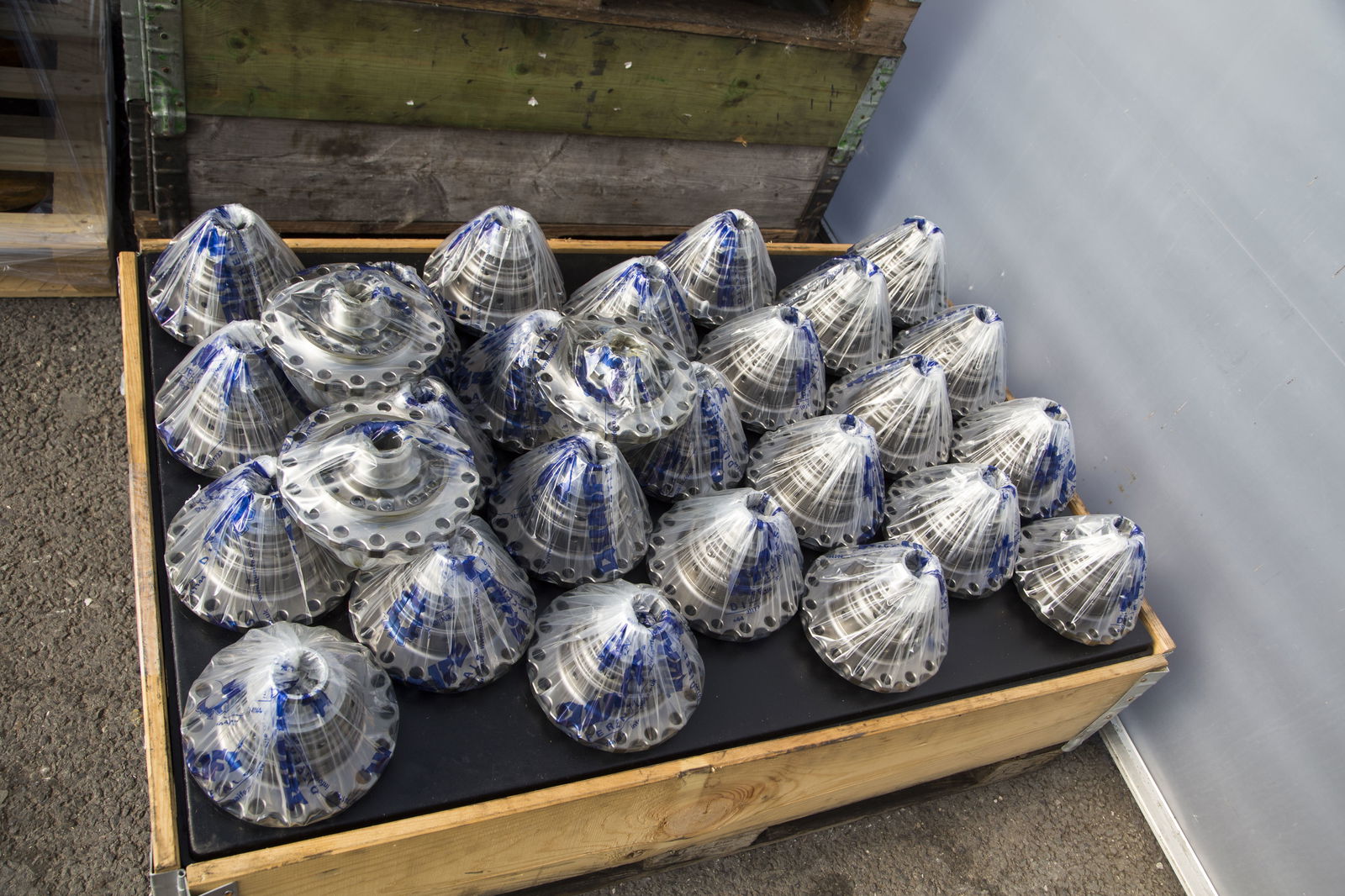
A plated differential is a much more specialised, uncompromising piece of kit. With the aggressive way it operates and its main benefits being related to motorsport applications, it’s no wonder that most OEMs will instead opt for an alternative like a geared differential, a viscous LSD or something else.
When it comes to modifying a road car, geared is probably going to be the right way to go, unless you have a very specific set of circumstances that warrant opting for plated.
Have you fitted an aftermarket differential to your car? If so what, kind did you go for, and why? Let us know in the comments.
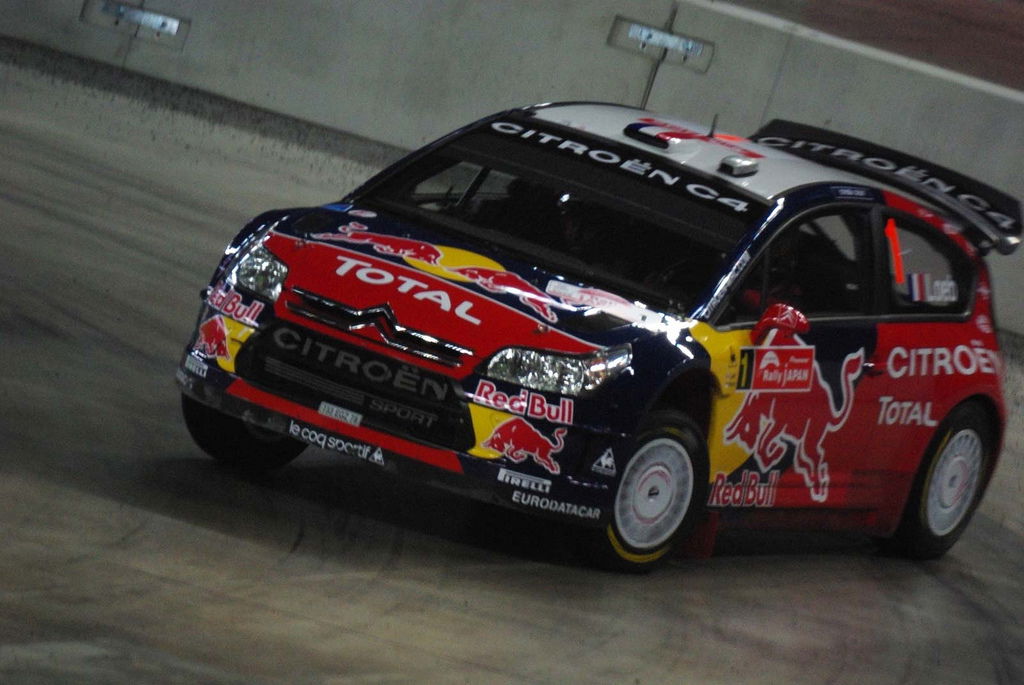

Comments
The difference lies in…
Diff-erence jokes incoming
Thanks for the information, I think I’ll go for geared
Just weld a open diff.
When it comes to understanding the differentials , my brain shuts down .
I’d go for the ABT. Low maintenance costs ftw!
Realistically, I don’t see any DIFF-erence
This might be a stupid question… But if the ATB doesn’t lock when one wheel doesn’t have traction, then what’s the DIFFerence between an ATB and an open diff?
I fitted a wavetrac. Fit and forget with the added benefit that it works with zero load unlike the Quaife
Conclusio,:they are just meat grinders
Pagination